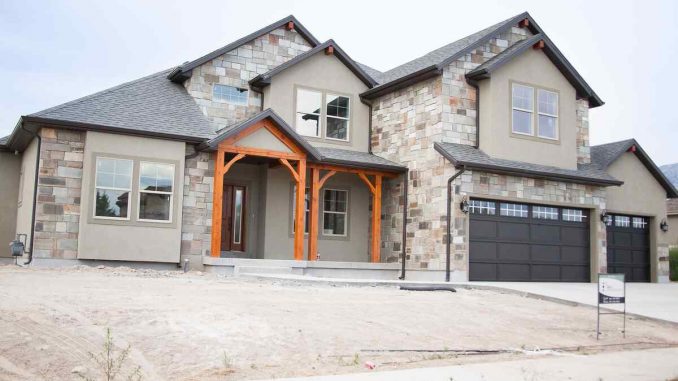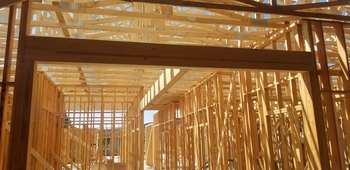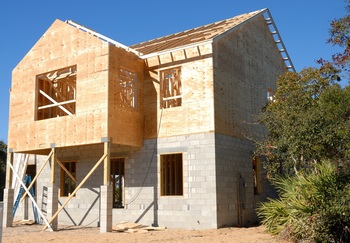
The desire for additional space or a renewed aesthetic can prompt homeowners to explore the possibility of house extensions. Planning a house extension involves careful consideration of design elements to seamlessly integrate the new space with the existing structure. This comprehensive guide delves into the intricacies of house extension design plans, offering insights, tips, and inspiration to help homeowners embark on a journey of expanding their living spaces with both functionality and style.
Define Your Objectives
Before diving into the details of design plans, it’s essential to clearly define your objectives for the house extension. Are you seeking additional living space, a new bedroom, or perhaps a dedicated home office? Understanding your goals will guide the design process and ensure that the extension meets your specific needs.
 Assess Existing Architecture
Assess Existing Architecture
Analyzing the existing architecture of your home is a critical step in creating harmonious house extension design plans. Consider the style, materials, and features of your current structure to inform decisions on the extension’s design. Strive for a cohesive blend that enhances the overall aesthetic appeal of your home.
Budget Considerations
Establishing a realistic budget is a fundamental aspect of any house extension project. Consult with architects, builders, and other professionals to gain insights into potential costs. A well-defined budget helps prioritize design elements and ensures that your vision aligns with financial constraints.
Architectural Styles
House extensions offer an opportunity to explore and integrate various architectural styles. Whether your home is contemporary, traditional, or a mix of both, your extension can complement and enhance the existing style. Consult with architects who specialize in house extensions to explore design possibilities that align with your aesthetic preferences.
Consider the Flow
A well-designed house extension seamlessly integrates with the existing layout, creating a natural flow throughout the home. Consider how the new space will connect to adjoining rooms and outdoor areas. Optimize traffic flow and ensure that the extension enhances rather than disrupts the overall functionality of your home.
Natural Light Integration
Maximizing natural light is a key element in house extension design plans. Consider incorporating large windows, skylights, or glass doors to flood the new space with sunlight. Strategic placement of windows also allows for picturesque views of the surrounding landscape, enhancing the overall ambiance of your home.
Material Selection
Thoughtful material selection is crucial for achieving a cohesive design between the existing structure and the extension. Choose materials that complement the exterior and interior of your home. Whether it’s matching brickwork, coordinating roofing materials, or integrating complementary siding, the right material choices contribute to a unified design.
Roof Design
The design of the extension’s roof is a significant aesthetic and functional consideration. Explore roof styles that not only match your home’s architecture but also provide optimal drainage and insulation. Gable roofs, flat roofs, or even pitched roofs with skylights are popular choices depending on the overall design vision.
Green Building Practices
Incorporating sustainable and energy-efficient features into your house extension design plans not only benefits the environment but also enhances the long-term value of your home. Explore options such as energy-efficient windows, proper insulation, and eco-friendly construction materials to minimize your ecological footprint.
Permitting and Regulations
Before finalizing your house extension design plans, research local zoning regulations and building codes. Obtain the necessary permits to ensure that your project complies with legal requirements. Working with a professional architect or designer who is well-versed in local regulations can streamline the permitting process.
 Future-Proof Design
Future-Proof Design
Anticipate future needs and trends when designing your house extension. Consider how the new space can adapt to changing lifestyles or serve different purposes over time. A flexible and forward-thinking design ensures that your house extension remains relevant and functional for years to come.
Consultation with Professionals
Collaborating with experienced architects, designers, and builders is essential for turning your house extension design plans into reality. Professionals bring expertise, creativity, and technical knowledge to the table, ensuring that your vision is executed seamlessly and meets all structural and safety standards.
Conclusion
House extension design plans are the blueprint for transforming your home and enhancing its functionality and aesthetic appeal. By defining your objectives, considering the existing architecture, and collaborating with professionals, you can embark on a journey of expanding your living space with confidence and creativity. Whether you envision a modern extension seamlessly integrated with a traditional home or a design that embraces innovative sustainability features, the key is thoughtful planning and a commitment to creating a space that truly feels like an organic extension of your home.

Leave a Reply